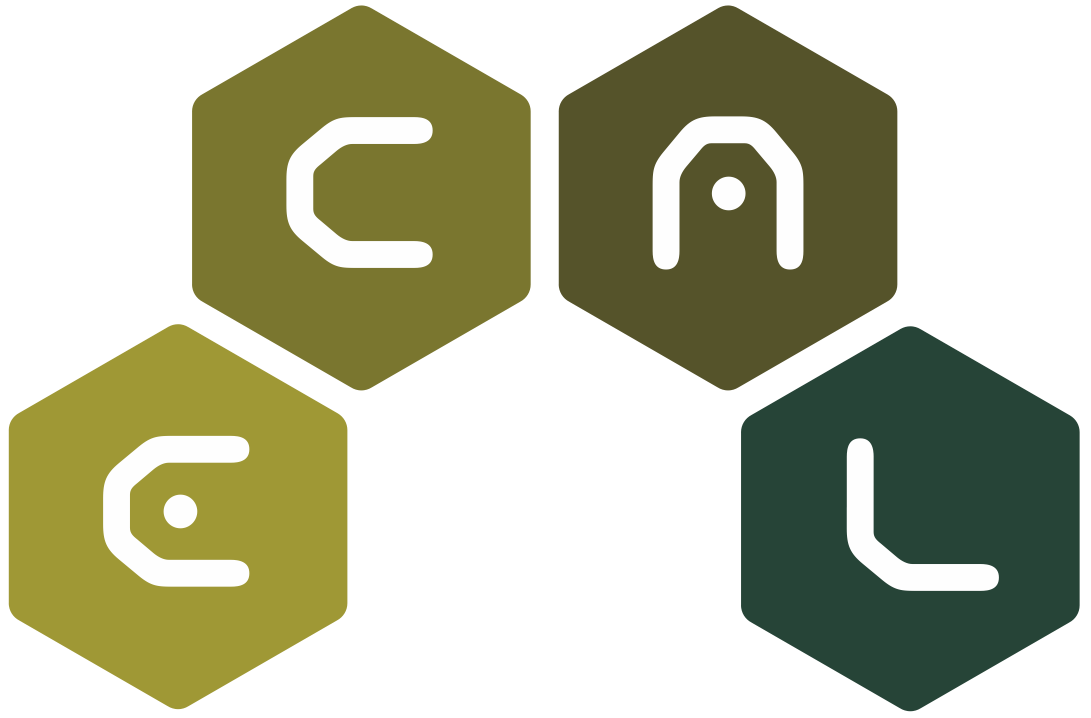Title
Mimicking the Exploration of 3D Terrains by Physarum with Cellular Automata Models

Mimicking the Exploration of 3D Terrains by Physarum with Cellular Automata Models
Download via this paper's page on the MIT Press ECAL 2015 Proceedings website.
The plasmodium of Physarum polycephalum has been used to solve graphically represented puzzles and mimic the development of different types of networks in laboratory experiments. Thus, it can be characterized as a biological computing device. Although this non-silicon computer is mainly using input data solely coded as the distances between points of interest, some other environmental factors seem to have an effect on the behaviour of the plasmodium and, thus, the produced results. These factors can be elevations or illumination of the experimental surface. This paper presents a model based on Cellular Automata (CA) that imitates the results provided by the living substrate which is subjected to the effects of the elevations of the 3-dimensional (3D) experimental surface. Developing software based models is based on their robustness compared to the time-expensive real-life biological computing device. Some trivial experiments are presented to depict the agreement between the resultant networks developed by the simulated and the real plasmodium.